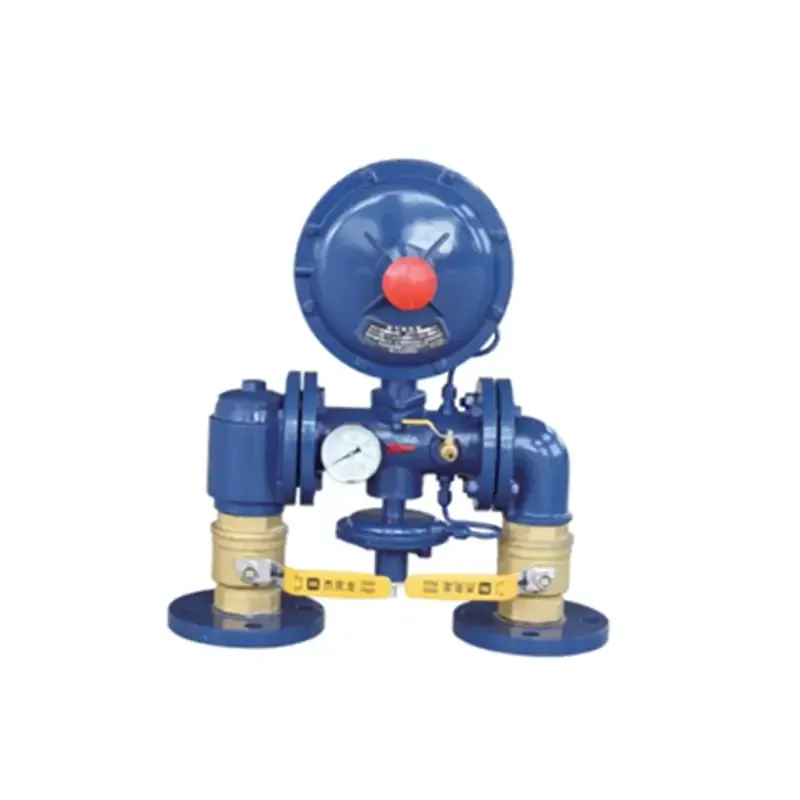
Dec . 01, 2024 10:42
Back to list
Liquefaction Equipment for Efficient Natural Gas Processing and Storage
Understanding LNG Equipment A Key Component of the Energy Transition
Liquefied Natural Gas (LNG) has emerged as a focal point in the global energy landscape, especially in the context of transitioning to cleaner energy sources. The equipment used in the LNG sector, ranging from production to transportation and regasification, plays a critical role in ensuring the efficiency and safety of LNG operations. This article provides an overview of various LNG equipment, highlighting their importance and functionality.
LNG Production Equipment
The journey of natural gas transforming into LNG begins at production facilities. Key equipment in this phase includes gas processing units, where impurities such as water and carbon dioxide are removed to ensure the gas meets the required specifications. Compression units, which pressurize the natural gas, are also vital for increasing the efficiency of the liquefaction process, making it easier to transport.
Once processed, the gas enters the liquefaction phase, where it is cooled to approximately -162 degrees Celsius. Equipment such as cryogenic heat exchangers and LNG trains are crucial here. Heat exchangers transfer heat between fluids while cooling the gas, and LNG trains combine various processes to ensure effective liquefaction.
Transportation of LNG
.
The importance of vapor management systems on these vessels cannot be overlooked either. They ensure that any gas that does vaporize during transit is safely managed and can be re-liquefied or used for propulsion, thus maintaining efficiency.
معدات التغويز

LNG Regasification Facilities
Upon reaching its destination, the LNG must be converted back into gas for distribution and use. This process takes place at regasification terminals, where equipment such as regasification units and vaporization systems come into play. These units utilize heat exchangers to warm the LNG and convert it back into its gaseous form. Modern facilities often employ open rack vaporization or submerged combustion vaporization methods, depending on their environmental conditions and operational preferences.
Safety and Environmental Considerations
Safety is paramount in all stages of the LNG supply chain, and this is where specialized safety equipment comes into play. LNG facilities are equipped with advanced monitoring systems to detect leaks and ensure that operations adhere to strict safety protocols. Fire suppression systems, emergency shut-down systems, and rigorous training programs for personnel are also critical components to mitigate risks.
Moreover, the LNG sector is increasingly placing emphasis on minimizing environmental impacts. Advances in technology have led to the development of more efficient equipment that reduces greenhouse gas emissions throughout the LNG lifecycle. Innovations in carbon capture and storage within LNG operations present opportunities for making the industry even more sustainable.
Conclusion
In summary, the equipment utilized in the LNG sector is vital for facilitating efficient and safe operations. From production through transportation to regasification, each piece of equipment plays a specific role in ensuring that LNG can be a viable alternative to traditional fossil fuels. As the world moves toward cleaner energy solutions, ongoing advancements in LNG technology and equipment will be essential in meeting global energy demands while minimizing environmental impacts. Understanding and investing in quality LNG equipment not only supports energy security but also contributes to the broader goal of a sustainable future.
Latest news
-
Safety Valve Spring-Loaded Design Overpressure ProtectionNewsJul.25,2025
-
Precision Voltage Regulator AC5 Accuracy Grade PerformanceNewsJul.25,2025
-
Natural Gas Pressure Regulating Skid Industrial Pipeline ApplicationsNewsJul.25,2025
-
Natural Gas Filter Stainless Steel Mesh Element DesignNewsJul.25,2025
-
Gas Pressure Regulator Valve Direct-Acting Spring-Loaded DesignNewsJul.25,2025
-
Decompression Equipment Multi-Stage Heat Exchange System DesignNewsJul.25,2025

